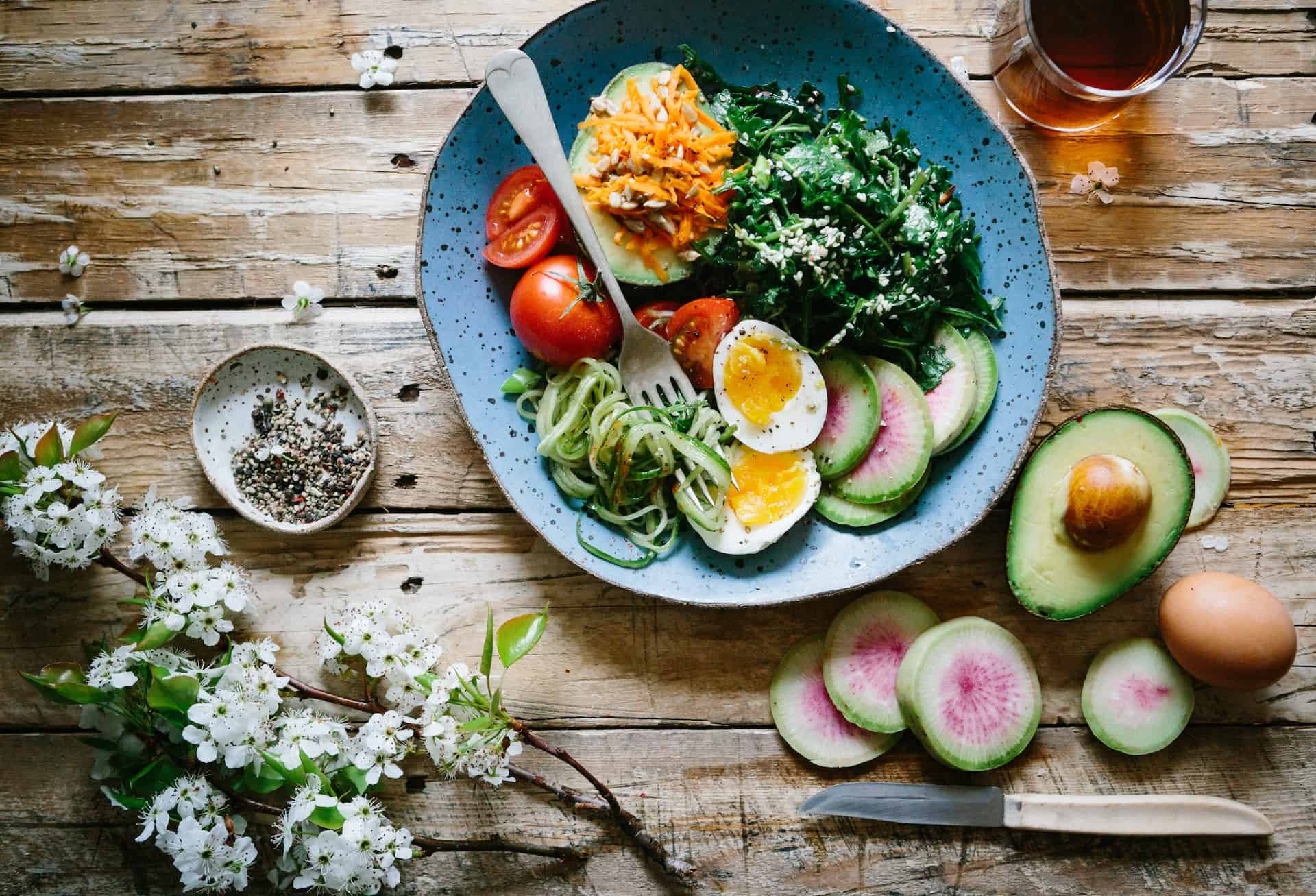Food presentation is often just as important as its taste or texture. You can have a delicious meal, but if it isn’t presented with artistry and elegance, the experience may be incomplete. Food aesthetics have evolved in many cultures for centuries, from elaborate banquet tables to full-service restaurant plates of edible art. But today’s diners are no longer content with a plain plate of food; they want something that looks and tastes exquisite all at once.
Additionally, creative chefs always look for new ways to make their meals stand out from the competition by pushing boundaries and striving for presentation perfection. In this article, we’ll explore how food has become an art form through the brilliant combination of colors, shapes, patterns—and sometimes even music—to create memorable dishes.
Understand the Basics of Food Presentation
When it comes to dining, the taste of the food is not the only factor contributing to a memorable experience. Food presentation is just as important, as it not only enhances the dish’s visual appeal but also adds a touch of sophistication to the overall atmosphere. Understanding the basics of food presentation, such as plating techniques, garnishes, and sauces, can make all the difference in elevating a simple meal to a gourmet experience.
From layering ingredients to creating intricate designs, there are many ways to present food that will leave a lasting impression on diners. By learning the fundamental concepts of food presentation, you can turn any dish into a work of art that delights the senses and satisfies the palate.
Let Your Imagination Run Wild – Explore different ways to arrange your food on the plate and make it aesthetically pleasing
Consider your ingredients’ shapes, textures, and colors when plating to create an eye-catching. You can also experiment with serving vessels to add creative flair to your presentation, such as a mini pancake stack in a martini glass or DIY sushi rolls arranged on wooden chopsticks.
You can use kitchen tools to make intricate designs with sauces and garnishes for added showmanship. For example, if you’re making this homemade Alfredo sauce recipe for pasta, try using a pastry bag fitted with a star tip to pipe the sauce onto the plate in decorative swirls or stars. These small touches will elevate the look of your dishes and take them from ordinary to extraordinary.
Embrace Color – Choose bright and vibrant colors for your dishes to make them stand out
Using a variety of colors in your food presentation can be incredibly effective. Bright and vibrant hues that contrast with each other will make the dish more visually appealing, enhancing the overall dining experience.
You can also experiment with different seasonings to add pops of color, such as smoked paprika for a smoky-red hue or turmeric for its brilliant yellow tint. As you explore all the possibilities of embracing color, you’ll develop unique plating styles like an artist creating one-of-a-kind masterpieces.
Think Seasonally – Incorporate seasonal ingredients in your dishes for a fresh take on traditional recipes
One of the best ways to make your dishes stand out is to incorporate seasonal ingredients. There’s something special about food that speaks of the season, from pumpkin pie in the fall to strawberry shortcake in the summer. Not only do seasonal ingredients add a unique flavor profile, but they also allow you to be creative with your presentation and use different colors and textures that reflect the current time of year.
From adding edible blooms to salads or arranging fruits and vegetables by color on a plate, there are endless possibilities for incorporating seasonal ingredients into your dishes. By thinking outside the box and experimenting with recipes, you can turn everyday meals into vibrant works of art.
Play with Textures – Create contrast by mixing textures, such as crunchy vegetables with creamy sauces or smooth pasta with crunchy toppings
Textures play a huge role in food presentation, as they help to add interest and dimension. Combining different textures allows you to create a contrast that will make your dishes stand out from the crowd. For example, you can pair crunchy vegetables with creamy sauces or smooth pasta with crunchy breadcrumbs for an unexpected twist.
Incorporating contrasting textures into your plated dishes will add depth and complexity to the overall experience, allowing diners to appreciate each element individually before tasting them together. With a bit of creativity and experimentation, you’ll be able to take your culinary creations to the next level.
Aromatic Accents – Add aromatic herbs or spices to add complexity to your dishes with just a few ingredients
Aromatic herbs and spices can add flavor to your dishes, making them unique and memorable. Fresh herbs such as rosemary, thyme, and basil are excellent choices for adding complex flavors without overpowering the ingredients. For a more robust flavor profile, you can also experiment with dried spices such as cumin or coriander.
For an even more significant effect, try combining multiple spices in one dish to create layers of complexity. Adding aromatic accents is an easy way to make your plated dishes stand out from the crowd without having to use too many ingredients. You can transform simple ingredients into a flavorful masterpiece with just a few simple touches.
Conclusion
Following these simple tips, you can take your food presentation from ordinary to extraordinary. Whether adding vibrant colors or incorporating seasonal ingredients, there are endless possibilities for making your dishes stand out. With creativity and experimentation, you can create stunning plated dishes that will always wow your guests.
